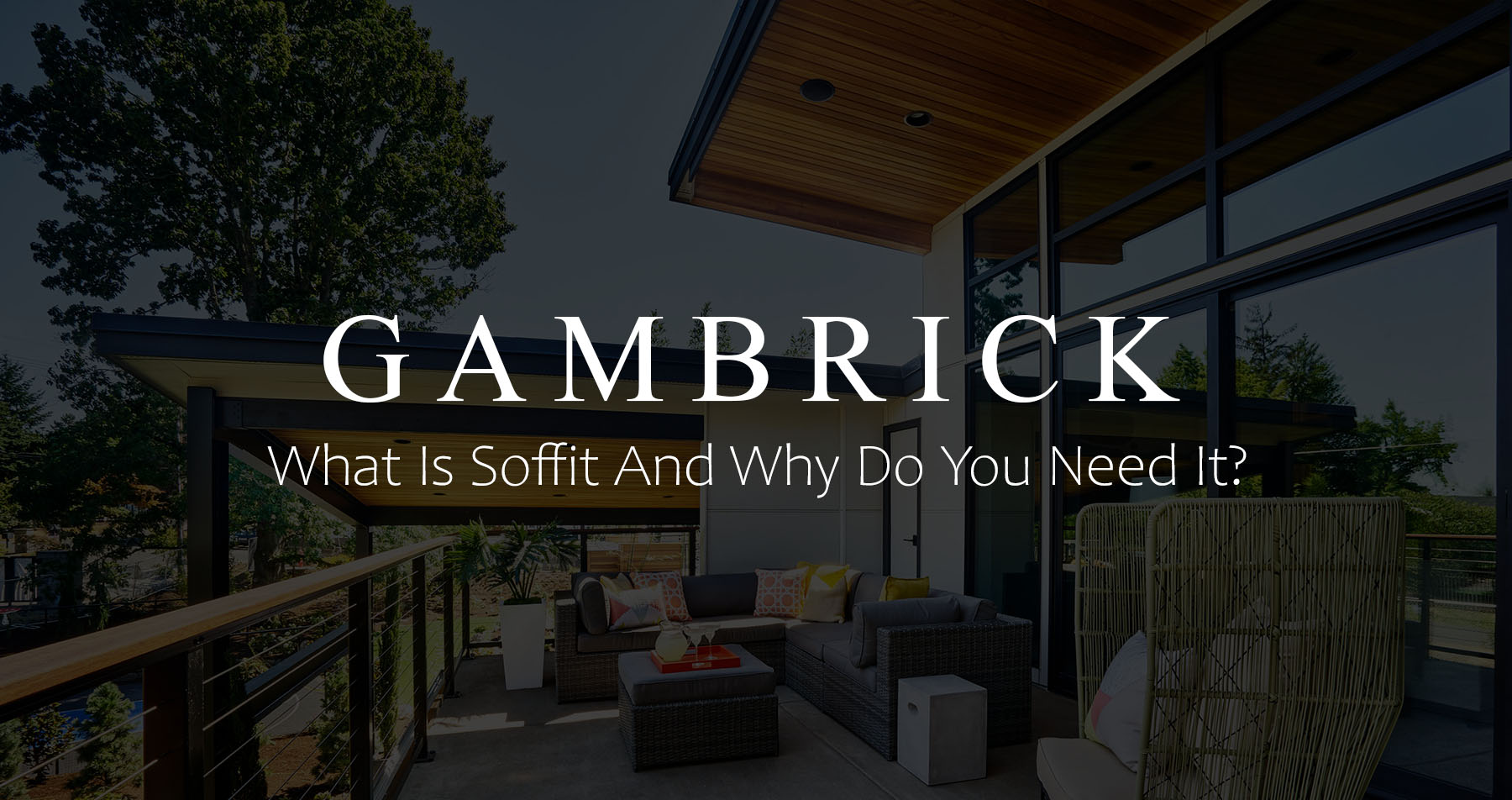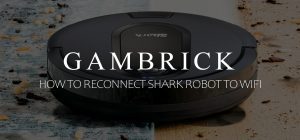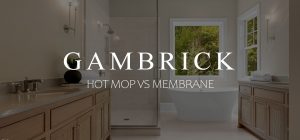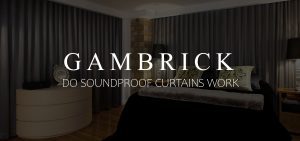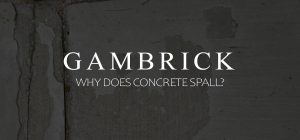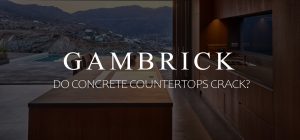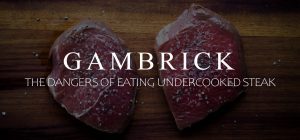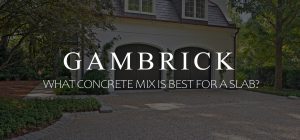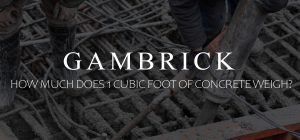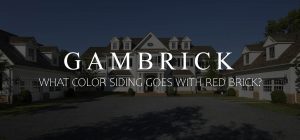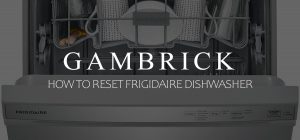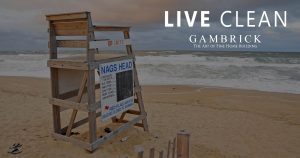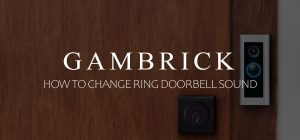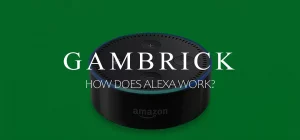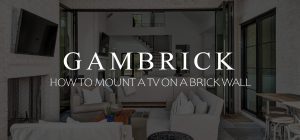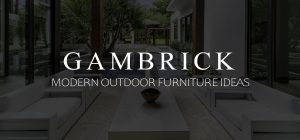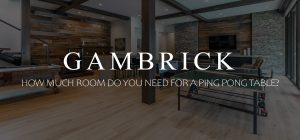What Is Soffit And Why Do You Need It?
What is Soffit and what does Soffit do? Why do you need it? These are all pretty common questions we get asked by clients. Your roof will usually stick out over the outside walls of your home. That little overhang is a part of the roof framing called the rafter. It’s sometimes called the eave of the roof. The bottom of this overhang, which is what you see when you look up from the ground, is called the soffit, which means “something fixed underneath”. Soffit is a general term that describes any finishing material, such as wood, fiber cement or vinyl, that’s installed to cover the underside of your roof overhang with. Soffit is considered a part of the siding of the house and is usually done when the house is sided. There’s a bunch of different products we’ll go over in this article that are all considered soffit.
Many people don’t realize that soffit can also be used under porches, arch ways, overhangs or other architectural details the protrude from the house. Pretty much anything that has a visible ceiling sticking out from the house can have soffit.
White vinyl bead board style soffits on a stunning custom home
Do I Need Soffit?
Soffits are an important part of the roof frame and do a few things other than make the house look good. They do things like improving ventilation and helping to keep your utility bills down by increasing airflow to the attic. Generally speaking the vast majority of homes have some sort of overhang and at least a small soffit. But there are home designs that don’t have soffit and they work just fine. So do you need soffits? No you don’t need them. There’s no code that says you have to have soffits on your home. But there are definitely benefits to having them.
Keep in mind that soffit can be seen when you’re close to the home or at the street so it’s a factor when you consider curb appeal.
Benefits Of Having Soffits
The main benefit of having soffit on your home is ventilation. Soffit covers the underside of the roof which leads to your attic your attic space. A lot of heat can build up inside the attic. This occurs from both the sun beating down on the house and from heat rising within. Ventilating the roof is super important and vented soffits are one great way to do it. Foam baffles are installed at the edge of the roof from inside the attic to allow for airflow coming through the soffit vents and into the attic. Without the soffit vents the baffles wouldn’t do much good. Airflow through the soffits isn’t the only way to vent an attic but it’s a really good one.
The other benefit to having soffit is looks. Here in NJ just about every home has soffits. They’re a part of the siding and give a home that finished look.
Soffits Can Provide Attic Ventilation
Soffits come vented to help air circulate throughout your attic. Good airflow helps prevent the attic from becoming super heated. This can lead to tar shingles breaking down faster than normal, and the buildup of ice in winter which can cause leaks. An overheated attic can also lead to higher energy bills. And proper ventilation is also important for keeping humidity levels in the attic down.
Without proper airflow in the attic, heat and humidity can build causing problems such as mold, mildew, and wood rot. High levels of humidity can also effect mechanical equipment like AC units which are often put in the attic. These are additional sources of heat that need some ventilation to function properly.
Your home will be cooler in the hot summer months which saves you money. In the winter, cool outside air helps prevent condensation that can result in mold growth. It also helps prevent snow on the roof from collecting on the edge where it can form an ice dam. Ice dams are one of the biggest causes of roof leaks, so having a well ventilated attic can help protect your home from damage year round.
Wood soffits with recessed LED soffit lighting
Soffits Look Great
Looks are secondary to proper air flow inside the house but they’re still really important. Soffits are considered a part of the siding and give your home a nice finished look. Without them you’d be looking up at the bare wood roof framing. Generally when you reside a house you change the soffits too. They come is a range of colors, styles and materials. We even custom make them from time to time if the architect designs something special. Sure the average house has standard white vented soffits but if you want that little something extra designing a beautiful soffit can have a big impact.
There’s no hiding the soffits, whenever you look up at the house you see them. so it’s worth spending a little time thinking about how the should look. Some clients opt for matching the trim work to the soffit. For example using white soffit on a home with white trim. However soffits are offered in a wide variety of options so it could be an opportunity to add some contrast or visual interest with a darker color or even a wood grain.
Soffits Help Keep Unwanted Things Out
Soffits help protect your home from the elements and pests. A good, strong soffit helps keep moisture and insects out of the house. This helps prevent wood rot, mold, and other issues down the road. Without soffit wind can easily blow rain, snow or sleet up and into the attic or behind the walls. And insects will be sure to come inside without the soffits to stop them. Even small animals can potentially get in like squirrels, birds, mice or even raccoons.
Any penetration into the home can be problematic so you’ll definitely want a good quality soffit keeping bad things out.
Bees and wasps love to nest up high in soffit, so you need to keep it maintained or buy a quality product that’s hard for them to penetrate. It’s important to check your soffit once in a while for cracks or holes and if you find any then repair or replace it right away.
White vinyl bead board style soffit with recessed LED lighting
What Is Soffit Made Out Of?
Soffit is made out of a wide range of materials. Most homeowners install soffit at the same time the house is sided but some install it all on it’s own. Soffit doesn’t necessarily have to match the siding trim or need to be white. These are the two most common choices but as you can see from the many examples we’ve shown here you can do a lot with your soffit.
Because of how important nice soffits are to your home’s appearance and function, the type of soffit you choose should be carefully thought out. Below we’ll list the most common soffit materials and talk about the pros and cons of each type.
Wood Soffit
Wood requires maintenance. It’s a beautiful look but constantly having to seal and stain it can be a pain. It’s a lot more expensive to buy and install than vinyl and if you want vented then you have to build and install the vents yourself. Wood isn’t like vented vinyl where the soffit comes with perforated vents built in. You’ll also have more issues with pests that can eat and nest inside the wood. That’s not as big an issue with other materials.
- The most expensive to buy and install
- Requires the most maintenance
- The highest end soffit on the market
Vinyl Soffit
Vinyl comes in a variety of colors and styles. Either textured or smooth. Solid or vented. There is a big difference between the cheaper stuff you find at Home Depot and the premium products on both quality and appearance. There’s a common misconception that vinyl soffit looks cheap but that’s not really the case. A simple white soffit looks great on just about any home but the premium stuff does look better.
As with any vinyl product it holds up great in the outdoors with more or less no maintenance. Pests aren’t an issue and premium vinyl is thick enough to resist animals from getting in. Warping isn’t really an issue like it is with vinyl siding since soffit stays out of direct sunlight.
The only maintenance that may eventually be required is cleaning. Mold and mildew grows on vinyl siding fairly easily and can work it’s way up to the soffit.
- Maintenance free
- Offered at a wide range of price points
- Comes in a bunch of colors, styles, sizes, shapes and textures
- The cheapest soffit option and by far the most common
- The industry standard for the huge majority of homes is vinyl
Fiber Cement
Fiber cement soffit look great and has very low maintenance but costs a lot more than vinyl. It comes in both smooth and wood grain finishes, vented and solid and is offered in a wide range of colors from the factory so you can easily coordinate with your siding and trim colors.
As with any fiber cement siding product it’s low but not no maintenance. It’ll need cleaning and paint every so often. Since it’s not in direct sunlight the paint will last longer than it will on the siding but you’ll still have to apply a new coat eventually and since soffits up pretty high it’s not cheap to do.
Fiber cement does great as far as keeping out pests and resisting rot, mold and mildew. Of course surface mold can still grow on the siding and work it’s way up to the soffit just like it can with any other material.
- Less maintenance than wood but more than vinyl
- A very expensive product but less so than wood
- Looks great but requires painting to stay that way
- Resists rot, mold and mildew
Aluminum
Aluminum is an older product that’s similarly priced to vinyl but isn’t really used that often any more here in NJ. It’s been replaced by vinyl. Aluminum soffit doesn’t really have any advantages to vinyl but has a few additional drawbacks. It absorbs heat which can make your attic hot in the exact area that’s supposed to be providing air flow to cool things down. It’s also easily dented by just about anything that hits it and is very thin. It’s easy for animals and birds to get through it. Aluminum isn’t flexible at all so ice can damage it which makes it a bad siding product to use here in NJ.
Another bad thing about aluminum products is that they’re painted but hard to repaint because you need special paint for use on metal. You can’t sand them like fiber cement or wood. They’re also hard to work with and can have sharp edges that easily cut you. We stay away from aluminum when we can except for things like gutters.
- Easily gets damaged
- Painted but hard to re-paint
- Hard to work with
- An all around poor product
- Slightly more money than cheap vinyl
Bead Board Soffit
Bead board soffit is a form of vinyl or PVC soffit that’s thicker than standard vinyl products. It’s solid which makes it much stronger and denser so it does a better job of resisting impact damage and keeping out pests. It’s also maintenance free and resists mold and mildew growth.
The main difference between bead board and regular vinyl is the look. Bead board soffit is very thin. Each individual slat is only 2″ which gives the soffit a beautiful look. Standard vinyl soffit is around 4″ per slat.
Bead board is more money for material but installation is exactly the same so if you’ve got the budget it’s worth the investment. And it comes vented so you won’t have to do any special work to get airflow into the attic.
- Thicker than standard soffit which makes it tougher
- No maintenance
- Easy to work with
- Middle price point
- Resists rot, mold and mildew
- Looks great
Wood soffits with recessed LED lighting
Soffit Lighting
Traditional recessed fixtures aren’t great for use in soffits because of their height, weight, and overall bulk. And retrofits after the home is sided are even more difficult. LED recessed light fixtures work incredibly well in the soffit. As you can see from the pics soffit lighting is a fantastic feature to consider using on your home. Small LED lighting are recessed into the soffit which can act either as some accent lighting or be bright enough to light the property. They look so good at night that it’s worth the added expense. They really make a home stand out when all those little LEDs are lit.
Because the lighting is LED you won’t be changing light bulbs all the time which would be a problem considering how high up they are. And best of all recessed fixtures are UL Listed and some are rated for use in damp or wet environments which means outdoors. As long as the fixture is covered by a ceiling or roof above, which is the soffit, you’re good to go. The fixture itself has to remain dry, so as long as your roof doesn’t leak, it shouldn’t be a problem.
We recommend and offer soffit lighting to all of our clients and think you should consider it too.
Buy A Quality Soffit
Soffit may be a small part of your home’s exterior but it’s a very important part. Make sure that you invest in a high quality material that preforms it’s function while looking great. Soffits are so often overlooked by homeowners which is why siding guys will just default to installing the cheapest vinyl they can find. But don’t let them. Insist on a quality product that’ll hold up better over time. You’ll wish you had if your one of the unlucky homeowners that gets infested by pests or damaged by water due to cheap soffits that fail.
Real wood soffits on a beautiful custom home
Conclusion
Soffits are a great feature to have on your home that look good and provide much needed air flow into the attic. If you have a home with soffits you can do more with them than just install the standard white 4″ vinyl you see at Home Depot.
This list is filled with some of our favorite soffit pics and we hope a few of them inspire you to create something beautiful. Check back, we update these pages with new pics all the time as we get them. If you’ve got any pics you’d like us to showcase send them over.
If you have any questions or comments feel free to e-mail us any time. We’d love to hear from you.
